Few carmakers have the horn-grabbing, high-octane reputation of Lamborghini. And yet most of its motors — each with a badge bearing a raging, rampant steer — are anything but bullish. In fact, despite founder Ferruccio Lamborghini having spent time with a breeder of Spanish fighting bulls in Seville, and being a proud Taurus himself, his cars are smooth, contoured and controlled.
They’re streamlimed, aerodynamic beasts; confident, yes, and aggressive when accelerated — but as far from bulky or burly as cars can be. And none of these elegant motors are more beautiful than Lamborghini’s head-turning, eye-catching, mid-century marvel; the Miura.
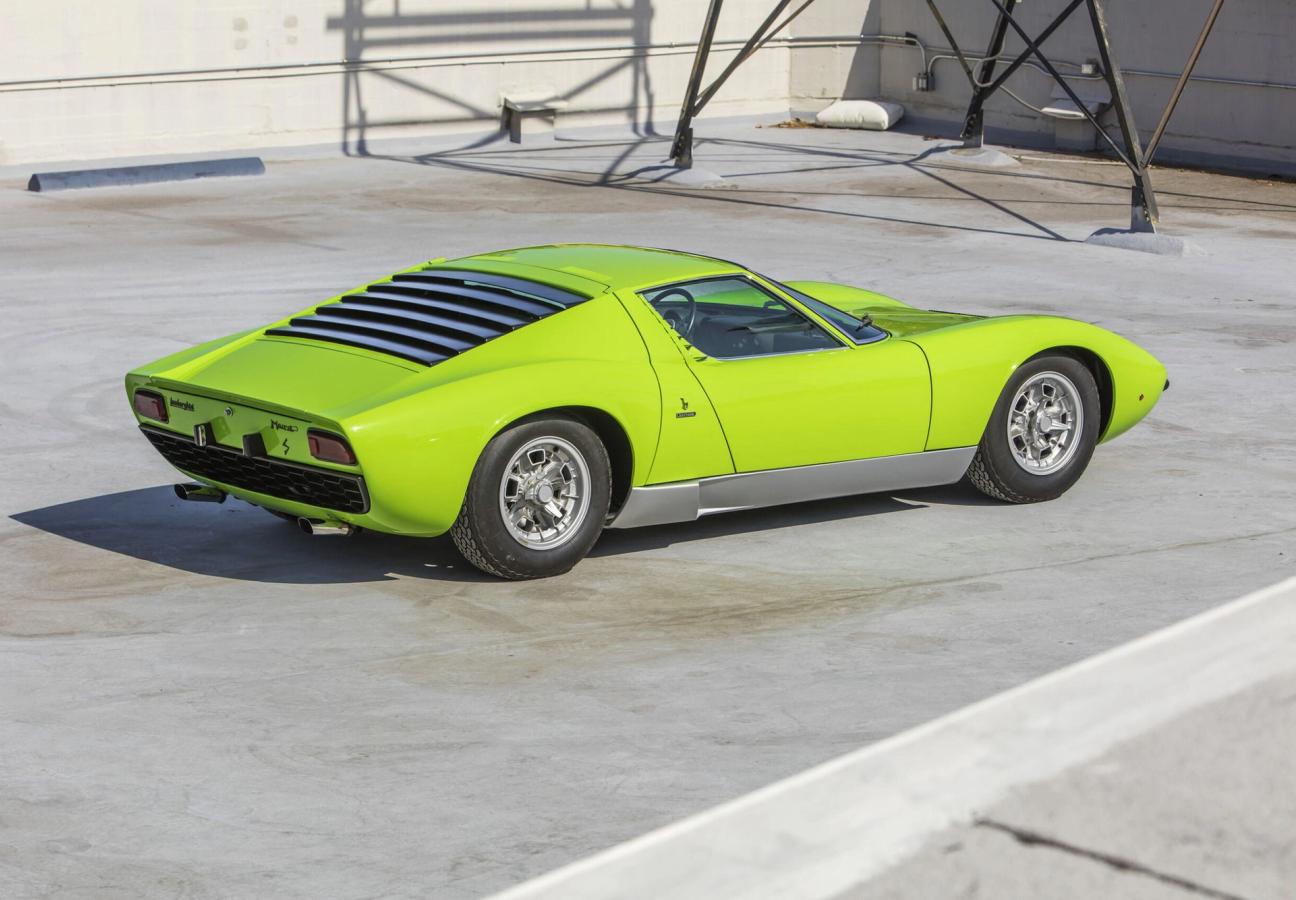
In 1966, when the first production model Miura was rolled out at the Geneva Motor Show (a prototype appeared at the Turin Auto Show the previous year), its revolutionary mid-engined design and bodywork by Bertone’s Marcello Gandini was rapturously received. Members of the motoring press, show-goers and industry professionals alike praised its blend of power and poise.
David E. Davis, the legendary American car journalist, even wrote: “‘Miura’ is the name of the meanest, wildest bull there is, and old man Lamborghini didn’t call it that for nothing”. We wholeheartedly, covetously agree. Because, with brains, brawn and beauty, this is surely the ultimate Lamborghini.

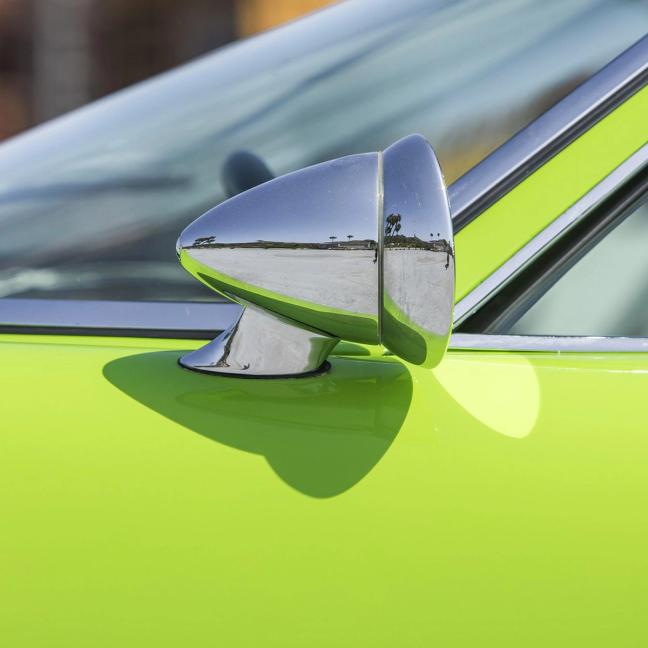

So how did it happen? Ferruccio Lamborghini (who was 50-years-old when Davis dubbed him ‘old man’) was born to grape-farming parents in Italy’s northern province of Ferrara. He began his engineering enterprise in 1947, building tractors and other agricultural equipment.
A lover of Maseratis and Ferraris, Lamborghini developed his own sporting engine and built his first car, the ‘350GTV’, that debuted at the 1963 Turin Motor Show. The initial response to his work was warm — and Lamborghini became determined to turn up the heat for his next model.
But, rather than double down on this successful sleek aesthetic, Lamborghini yearned to drive things in a different direction. Rather than the racy sportsters his engineering team favoured, the carmaker wanted to create powerful-yet-sedate grand tourers. And yet, during 1965, his three top engineers, Gian Paolo Dallara, Paolo Stanzani and Bob Wallace, began work on a prototype car after hours, through the night.
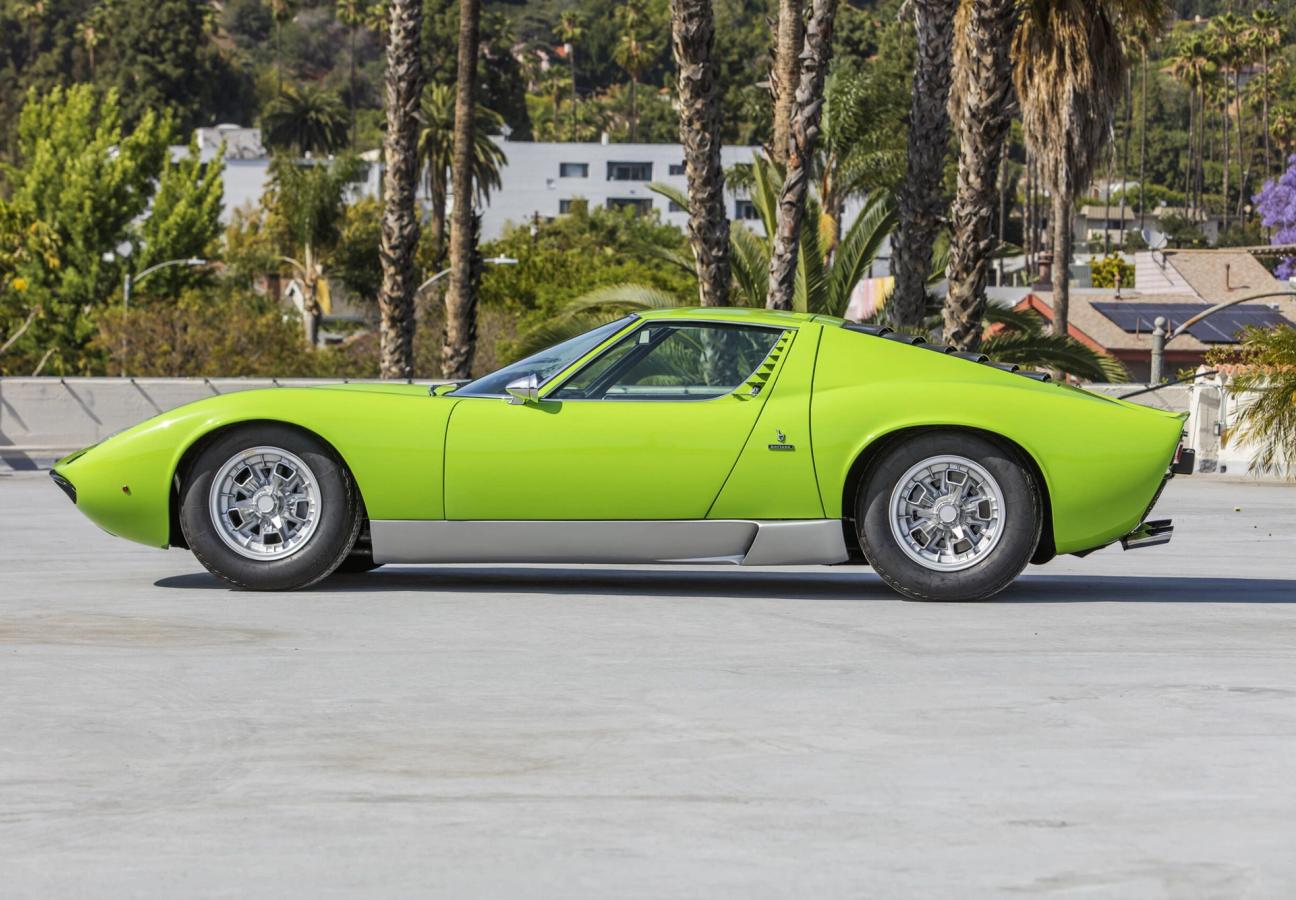
This was the ‘P400′ — the car that would eventually become the Miura. And, despite his initial opposition, Ferruccio Lamborghini was convinced of the car’s use, if for nothing more than a marketing tool. An engineer at heart, he also appreciated the originality of its transversely-mounted mid-engine layout, and how its V12 had been effectively merged with the transmission and differential — a solution to the lack of space under the car’s shapely bodywork.
This bodywork was created by Turin’s talented Nuccio Bertone, who finished the styling mere days before the car debuted at the 1966 Geneva Motor Show. Bertone allegedly pushed to be involved with the project after falling for the innovative compact chassis, and told Lamborghini: “I will pen the perfect shoe to fit such a wonderful foot”.
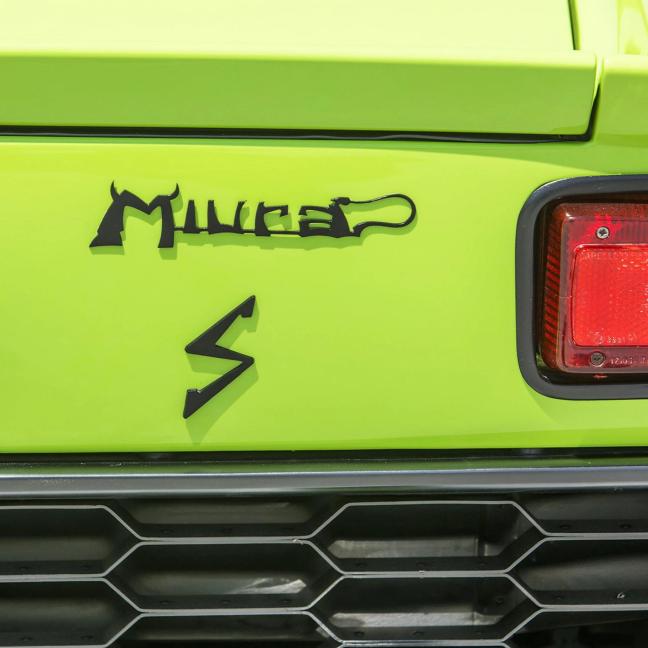
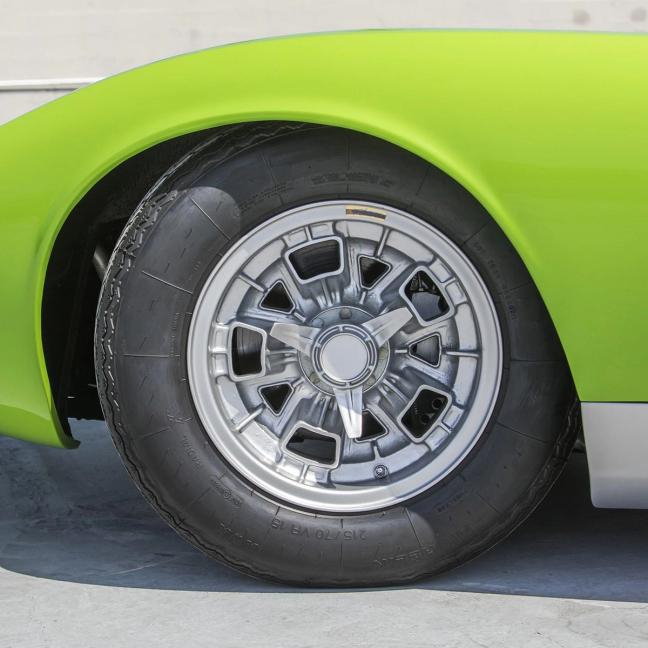
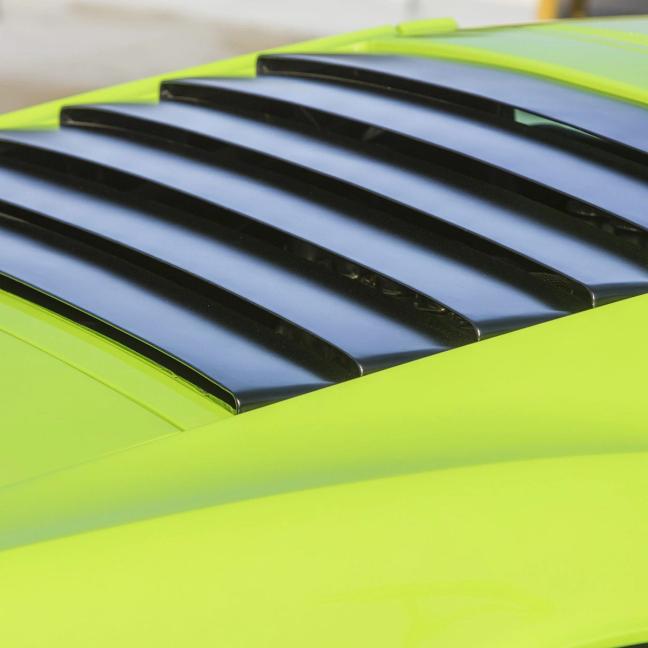
Upon completion, just days before Geneva, Ferruccio Lamborghini bet Bertone that they would sell 50 Miuras. Bertone disagreed. He loved the car, but expected that no more than 20 units would ever sell. Both men were miles wide of the mark — as the Italian automaker ended up building 764 examples of this extraordinary supercar. The last model rolled off the production line in 1973.
In the intervening years, the car became a star. It pioneered the mid-engined, two-seat layout which has since become the standard for almost all high-performance sports and supercars. And, when it launched, the Miura was the fastest production road car ever made. It left its rivals, the Ferrari 275 and Jaguar E-Type, in the dust — and, despite commonly-held beliefs and views, we think it’s a more handsome proposition, too.
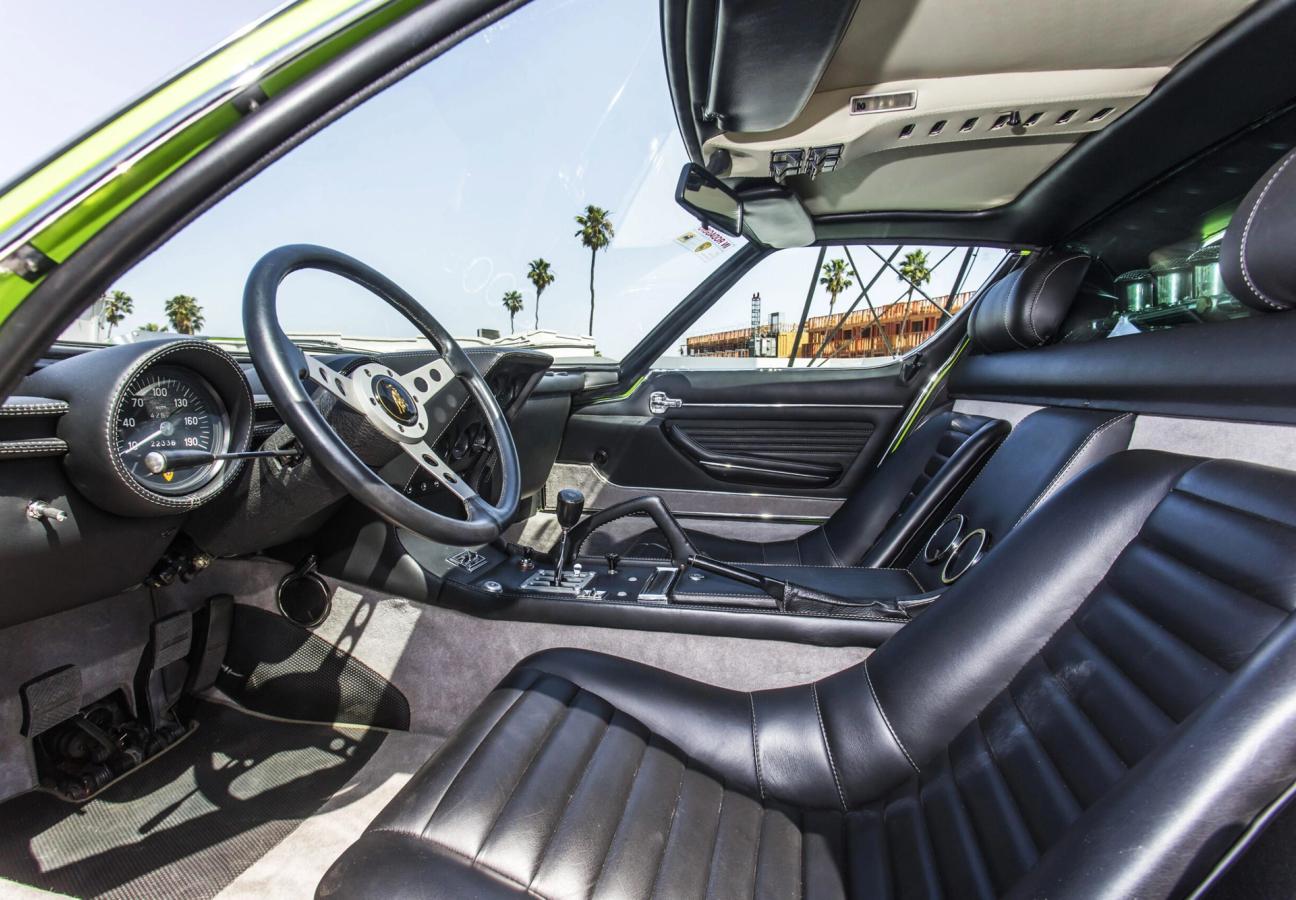
The model you see here is a 1969 Lamborghini Miura P400 S, which sold for just shy of $2 million last summer in California. And it’s one of several notable Miuras. In 1969’s The Italian Job, an orange Miura meets a smoky alpine end on the iconic Great St Bernard Pass. And, years after the last Miura was made, a 1972 Miura S can be heard revving up in the background of Van Halen’s 1984 song ‘Panama’.
And, of course, it immortalised that bull-bearing badge worn by every Lamborghini since, all the way up to today’s Huracán. The name ‘Miura’ was even borrowed from a famed fighting bull breeder, one of the oldest and most highly reputed ‘ganaderías’ in Spain. So, even though this motor is much more beautiful than its bullish namesake, it still shares some of those indomitable, indelible qualities; of power, of spirit and of strength.
Want more classic cars? Inside Lunaz, the British brand restoring motors to their former glory…
Become a Gentleman’s Journal member. Find out more here.

Become a Gentleman’s Journal Member?
Like the Gentleman’s Journal? Why not join the Clubhouse, a special kind of private club where members receive offers and experiences from hand-picked, premium brands. You will also receive invites to exclusive events, the quarterly print magazine delivered directly to your door and your own membership card.


